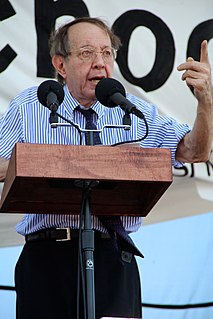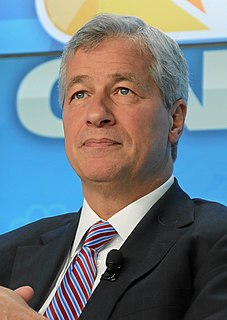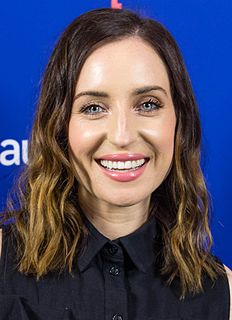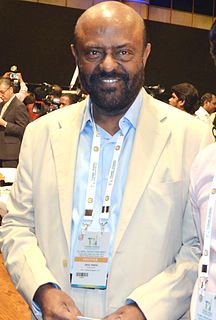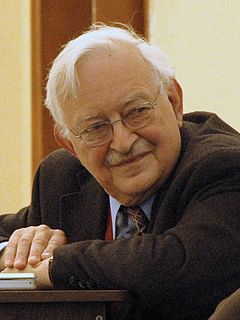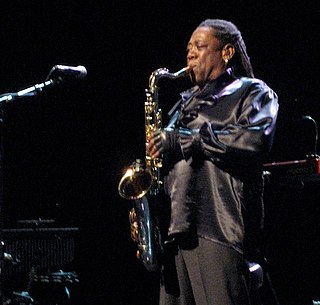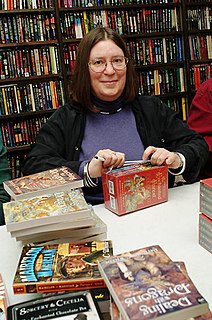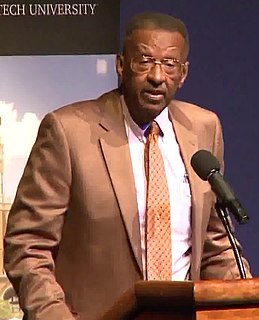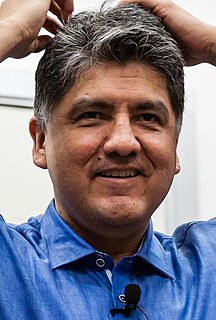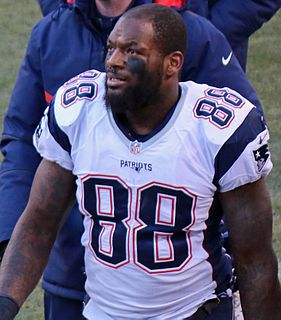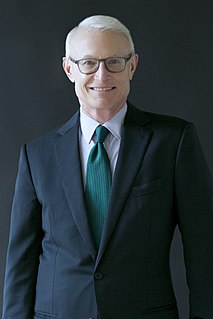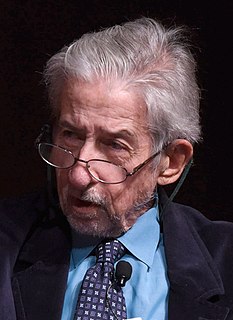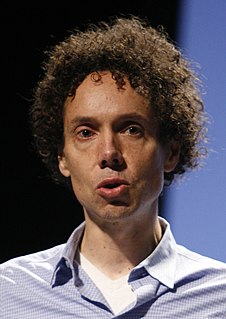A Quote by Jonathan Kozol
Hypersegregated inner-city schools - in which one finds no more than five or ten white children, at the very most, within a student population of as many as 3,000 - are the norm, not the exception, in most northern urban areas today.
Related Quotes
We've made a huge effort globally and in the US, in getting kids jobs. This is one piece. The South Bronx and inner-city schools need it more than most. It's our hometown; JPMorgan Chase banks a lot of people here. If you see the school, it works. Kids all getting jobs, they're smiling, they're proud of themselves. That's what we need to do in inner-city schools.
The World Health Organization recently concluded that glyphosate, the main ingredient in the most-used herbicide on GMOs, is "possibly carcinogenic to humans." What's even scarier is that more than 3,200 elementary schools are within 1,000 feet of genetically modified corn or soybean fields. Drift is a very real thing in agricultural communities, so the proximity of these toxic substances to children is terrifying.
Seattle is beautiful. You look at the sky and it's one of the most beautiful skies in the world, and then there's the Puget Sound, which will kill you, if you fall into it, but it's also beautiful. Seattle is a city of contradictions. It's the most liberal and most literate city in America, and it has Starbucks and [Bill] Gates, but it's also where the Green River killer hunted women and where the runaway population is just shocking when you walk the streets. Within the same city, there's darkness and light.
The second reason why we haven't observed the growing gap is that our historical and social science analyses have concentrated on what has been happening within the 'middle classes' - that is, to that ten to fifteen percent of the population of the world-economy who consumed more surplus than they themselves produced. Within this sector there really has been a relatively dramatic flattening of the curve between the very top (less than one percent of the total population) and the truly 'middle' segments, or cadres (the rest of the ten to fifteen percent).
Take Washington, D.C., which spends over $10,000 per student for education whose student achievement would be dead last if Mississippi chose to secede from the Union. Suppose Washington gave each parent even a $5,000 voucher - that wouldn't mean less money available per student. To the contrary, holding total education expenditures constant, it'd mean more money per student remaining in public schools.
The economic distress of America's inner cities may be the most pressing issue facing the nation. The lack of businesses and jobs in disadvantaged urban areas fuels not only a crushing cycle of poverty but also crippling social problems such as drug abuse and crime… A sustainable economic base can be created in the inner city, but only as it has been created elsewhere: through private, for-profit initiatives and investment based on economic self-interest and genuine competitive advantage.
When the students were asked to identify their race on a pretest questionnaire, that simple act was sufficient to prime them with all the negative stereotypes associated with African Americans and academic achievement. If a white student from a prestigious private high school gets a higher SAT score than a black student from an inner-city school, is it because she’s truly a better student, or is it because to be white and to attend a prestigious high school is to be constantly primed with the idea of “smart”?
